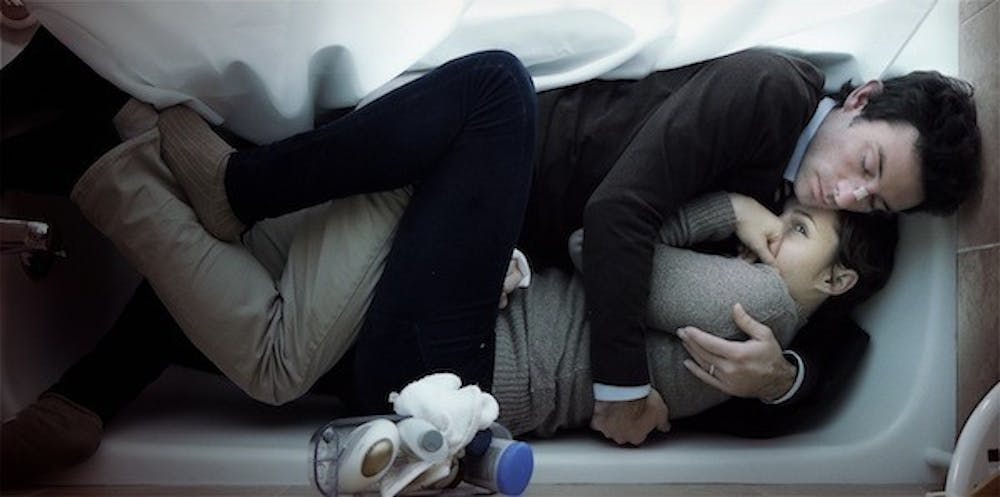“Upstream Color” defies description, review and analysis.
It’s a spectacular visual feast of oddities with only a tangential connection to what audiences might expect for a “plot.”
It’s a meditation on personal narrative and the perils of naïve attraction.
It’s a powerful display of confidence and innovation from director Shane Carruth, whose previous (and only other) film “Primer” attracted attention for its dense time-travel machinations.
Most of all, “Upstream Color” is a rebuke to the “rules” of traditional filmmaking and storytelling.
Why describe the plot when Carruth clearly doesn’t want us to care about it in the traditional sense? It would be impossible anyway.
Suffice it to say: there’s a love story midway through, but it’s confused, not quite right.
Why not? The answer involves glow worms, sunlight, pigs and rumbling noises.
Got that? No problem.
Early on, “Upstream Color” reveals itself to be a movie that, upon initial viewing anyway, rewards the open-minded more than the analytical. Conversations start in one place before flipping to another and back to the original. At times, the rhythmic editing is so quick that twenty shots will pass by in half a minute, the viewer’s eye dashing along to keep up.
Terrence Malick’s impressionistic drama “The Tree of Life” comes to mind as a comparison point. If one shot or scene doesn’t quite register, another one quickly follows, sometimes to illuminate and otherwise to further distort the proceedings.
Characters populate the film’s world, though again, they don’t serve their traditional function. Carruth himself, a master multitasker, plays Jeff, who crosses paths with the movie’s ostensible lead Kris (Amy Seimetz, “The Off Hours”).
Early in the film, Kris undergoes a disturbing transformation from which she never fully recovers.
Seimetz’s passionate performance demonstrates her willingness to traverse perilous emotional terrain.
Hollywood movies, even the most ambitious ones, tend to follow a distinct formula. In the first act, the film introduces several characters, and then something happens to create conflict. We follow the story in a concrete, easily digested fashion, so that by the end, most conscious viewers could explain everything that took place, even if they struggled with the “why.”
“Upstream Color” opts out of this formula, providing few establishing shots and only a modicum of half-coherent exposition.
By editing the film in such an atypical fashion, Carruth seems to be pushing the limits of what narrative film can and should be. Why do we need to understand with our brains? What if we understood with our hearts?
This idea of innovation lies at the heart of Carruth’s approach to “Upstream Color.” The film’s many layers and complexities exist to be dissected in an academic way, but a rigorous analysis isn’t necessary to digest what this film ultimately wants to say.
It’s a piece of art that challenges the way that comparable pieces of art have been created.
Admittedly, watching a film of this ambition and unconventionality can be frustrating, especially given the cues that “conventional films” typically provide.
But give “Upstream Color” some time, be open to its palette and it will envelop and engross you with its understated brilliance.
mlieberman@theeagleonline.com





